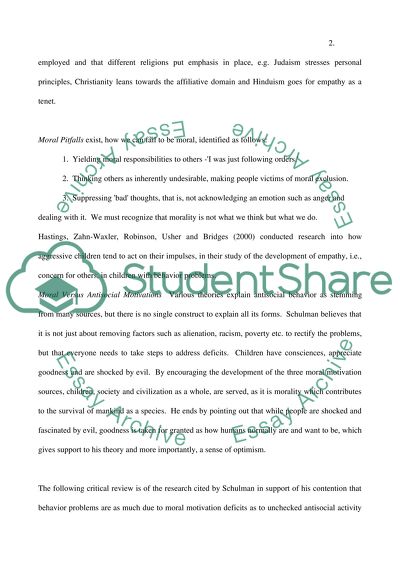Cite this document
(“Psychology (child development) Essay Example | Topics and Well Written Essays - 1750 words”, n.d.)
Retrieved from https://studentshare.org/miscellaneous/1524778-psychology-child-development
Retrieved from https://studentshare.org/miscellaneous/1524778-psychology-child-development
(Psychology (child Development) Essay Example | Topics and Well Written Essays - 1750 Words)
https://studentshare.org/miscellaneous/1524778-psychology-child-development.
https://studentshare.org/miscellaneous/1524778-psychology-child-development.
“Psychology (child Development) Essay Example | Topics and Well Written Essays - 1750 Words”, n.d. https://studentshare.org/miscellaneous/1524778-psychology-child-development.


